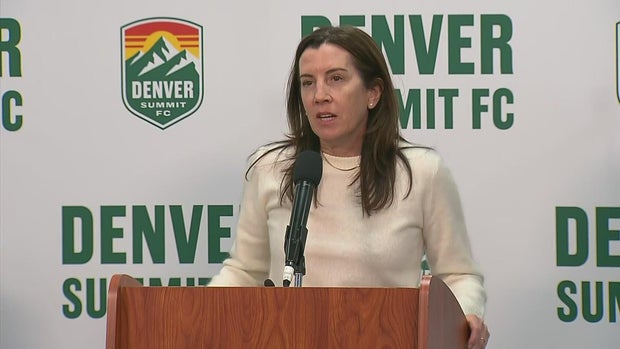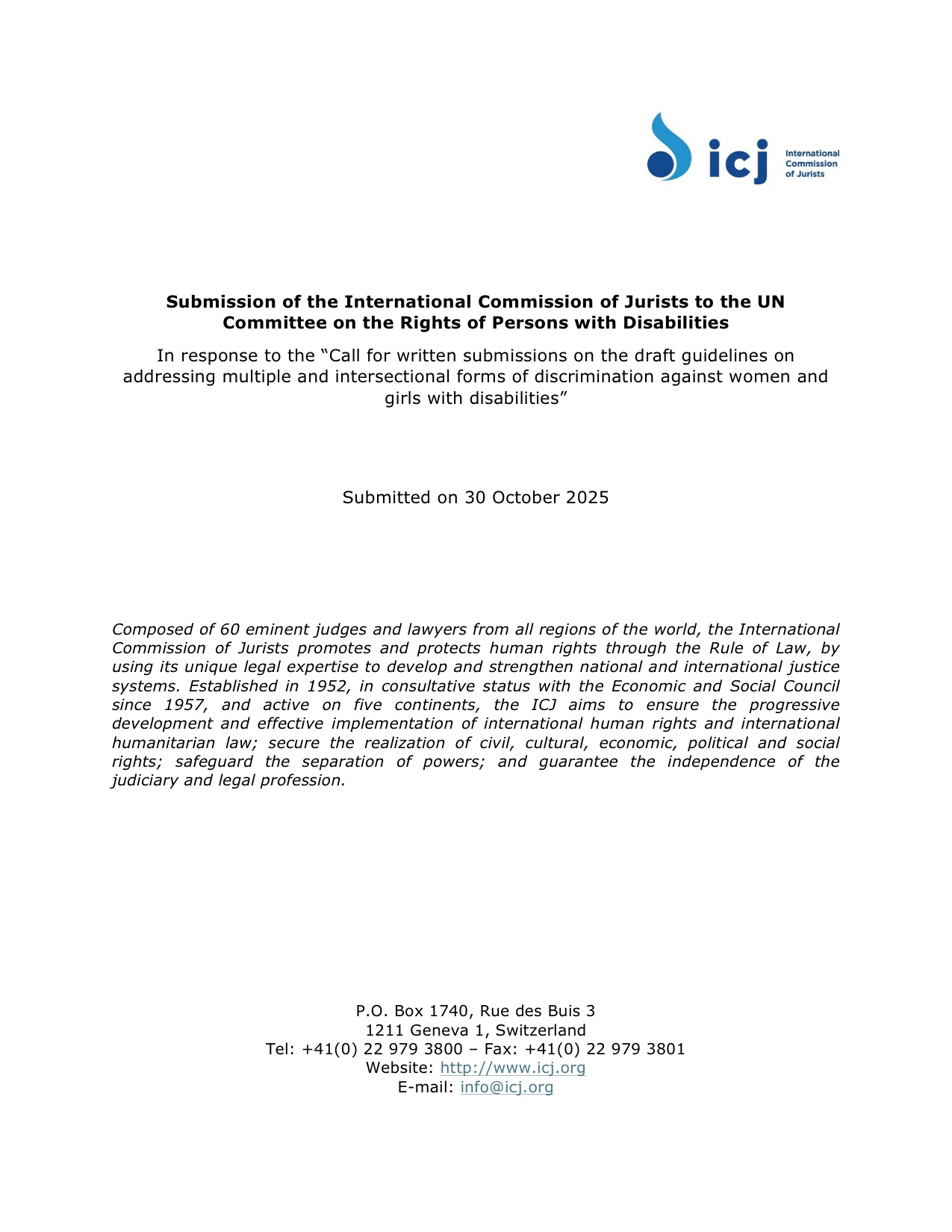Reined in by cost and a hostile president, California ponders next move to clean its air pollution – CalMatters

California’s Air Quality Challenges and Sustainable Development Goals
Introduction
California faces significant challenges in addressing its air pollution, which is among the worst in the United States. Recently, seven of the state’s most ambitious rules targeting emissions from cars, trucks, and trains were repealed, compelling officials to explore alternative strategies to improve air quality. This report emphasizes the alignment of California’s efforts with the United Nations Sustainable Development Goals (SDGs), particularly SDG 3 (Good Health and Well-being), SDG 7 (Affordable and Clean Energy), SDG 11 (Sustainable Cities and Communities), and SDG 13 (Climate Action).
Regulatory Setbacks and Their Impact
- Congress revoked California’s authority to enforce three landmark rules banning sales of new gas-powered cars by 2035 and phasing out diesel trucks.
- Four additional rules targeting zero-emission trucks, locomotives, and commercial harbor craft were abandoned due to federal waiver denials.
- These repealed mandates were crucial to reducing pollutants affecting approximately 34 million Californians, particularly in vulnerable communities.
- Federal tax credits for electric vehicle (EV) purchases were eliminated, further complicating adoption efforts.
Challenges in Policy Implementation
California’s air quality initiatives face resistance due to concerns over affordability, economic impact, and infrastructure readiness. Key challenges include:
- Public and industry pushback regarding increased gas prices and economic costs.
- Political opposition, including from some Democratic legislators, questioning the economic analyses of air board regulations.
- Limitations imposed by the federal government restricting California’s ability to set stricter emission standards.
- Local air districts facing legal threats and opposition when attempting to implement zero-emission equipment regulations.
Strategic Responses and Future Directions
California is adopting a multifaceted approach to continue progress toward cleaner air, aligning with SDG 13 (Climate Action) and SDG 11 (Sustainable Cities and Communities):
- Governor Gavin Newsom issued an executive order directing the development of a new zero-emission car mandate and a plan to expand the electric vehicle market, including charging infrastructure and incentives.
- The California Air Resources Board (CARB) is engaging stakeholders through public meetings to develop cost-effective and scalable clean air strategies.
- Efforts to regulate “pollution magnets” such as ports, warehouses, and airports are underway to reduce localized pollution exposure, supporting SDG 3 (Good Health and Well-being) and SDG 10 (Reduced Inequalities).
- Incentive programs for zero-emission vehicle adoption continue, despite budget constraints, to promote SDG 7 (Affordable and Clean Energy).
Health and Environmental Implications
Transportation remains the largest source of smog and soot in California, disproportionately impacting Black and brown communities near pollution hotspots. These pollutants contribute to premature deaths and respiratory diseases, underscoring the importance of SDG 3 (Good Health and Well-being). The state’s efforts to reduce emissions align with global goals to promote health equity and environmental justice.
Stakeholder Perspectives
- Environmental Advocates: Emphasize the need for continued zero-emission vehicle promotion and creative policy solutions despite federal setbacks.
- Industry Representatives: Cite concerns over aggressive mandates leading to economic disruption and advocate for feasible, economically sound approaches.
- Government Officials: Highlight the necessity of a diversified strategy combining mandates, incentives, and infrastructure development.
Recommendations for Advancing Sustainable Development Goals
- Enhance Incentive Programs: Secure funding and expand subsidies to increase electric vehicle adoption, supporting SDG 7 and SDG 13.
- Invest in Infrastructure: Develop widespread, accessible charging stations to facilitate the transition to zero-emission vehicles, advancing SDG 9 (Industry, Innovation, and Infrastructure).
- Implement Indirect Source Regulations: Target pollution hotspots to reduce community exposure to harmful emissions, promoting SDG 3 and SDG 10.
- Engage Stakeholders: Foster dialogue among government, industry, and communities to design equitable and effective policies.
- Expand Public Transit and Alternative Transportation: Address transportation emissions comprehensively, contributing to SDG 11 and SDG 13.
Conclusion
California’s commitment to improving air quality remains steadfast despite regulatory and political challenges. Achieving the Sustainable Development Goals related to health, clean energy, and sustainable cities requires innovative, inclusive, and multi-pronged strategies. Continued leadership at the state and local levels is essential to protect public health, promote environmental justice, and combat climate change.
1. Sustainable Development Goals (SDGs) Addressed in the Article
- SDG 3: Good Health and Well-being
- The article discusses air pollution’s impact on health, including premature deaths from heart attacks and respiratory diseases caused by smog and fine particles.
- SDG 7: Affordable and Clean Energy
- Promotion of electric vehicles and zero-emission trucks as alternatives to gas-powered and diesel vehicles.
- Development of charging infrastructure for electric vehicles.
- SDG 11: Sustainable Cities and Communities
- Focus on reducing pollution in vulnerable communities near ports, highways, and warehouses.
- Regulation of “pollution magnets” such as ports and warehouses to improve air quality in urban areas.
- SDG 13: Climate Action
- Efforts to reduce greenhouse gas emissions through zero-emission vehicle mandates and clean air regulations.
- State initiatives to continue climate leadership despite federal rollbacks.
- SDG 9: Industry, Innovation and Infrastructure
- Development and adoption of electric vehicle technologies and infrastructure.
- Support for industries transitioning to zero-emission technologies.
2. Specific Targets Under the Identified SDGs
- SDG 3: Good Health and Well-being
- Target 3.9: Reduce the number of deaths and illnesses from hazardous chemicals and air, water, and soil pollution and contamination.
- SDG 7: Affordable and Clean Energy
- Target 7.2: Increase substantially the share of renewable energy in the global energy mix.
- Target 7.a: Enhance international cooperation to facilitate access to clean energy research and technology.
- SDG 11: Sustainable Cities and Communities
- Target 11.6: Reduce the adverse per capita environmental impact of cities, including air quality and waste management.
- Target 11.b: Increase the number of cities adopting integrated policies for inclusion, resource efficiency, and disaster risk reduction.
- SDG 13: Climate Action
- Target 13.2: Integrate climate change measures into national policies, strategies, and planning.
- SDG 9: Industry, Innovation and Infrastructure
- Target 9.4: Upgrade infrastructure and retrofit industries to make them sustainable, with increased resource-use efficiency and greater adoption of clean and environmentally sound technologies.
3. Indicators Mentioned or Implied to Measure Progress
- Air Quality Indicators
- Number of days per year exceeding fine particulate matter (PM2.5) standards in counties (e.g., Kern, Tulare, Kings, Fresno).
- Number of days per year exceeding federal ozone standards at monitoring stations.
- Vehicle Emission Standards and Sales
- Percentage of new cars sold that are zero-emission (e.g., 68% by 2030, 100% by 2035 as per the repealed mandate).
- Phase-out timelines for diesel trucks (e.g., by 2042).
- Electric Vehicle Infrastructure
- Number and availability of electric vehicle charging stations, including fast-charging stations.
- Incentive Program Funding
- Amount of funds allocated for incentives for electric vehicle purchases (e.g., $132 million for truck fleet incentives).
- Regulatory Actions
- Implementation and enforcement status of clean air rules and mandates.
- Adoption of indirect source rules regulating pollution hotspots like ports and warehouses.
4. Table of SDGs, Targets, and Indicators
| SDGs | Targets | Indicators |
|---|---|---|
| SDG 3: Good Health and Well-being | 3.9: Reduce deaths and illnesses from pollution |
|
| SDG 7: Affordable and Clean Energy |
|
|
| SDG 11: Sustainable Cities and Communities |
|
|
| SDG 13: Climate Action | 13.2: Integrate climate change measures into policies |
|
| SDG 9: Industry, Innovation and Infrastructure | 9.4: Upgrade infrastructure and industries for sustainability |
|
Source: calmatters.org

What is Your Reaction?
 Like
0
Like
0
 Dislike
0
Dislike
0
 Love
0
Love
0
 Funny
0
Funny
0
 Angry
0
Angry
0
 Sad
0
Sad
0
 Wow
0
Wow
0


















-1920w.png?#)






















;Resize=805#)



































